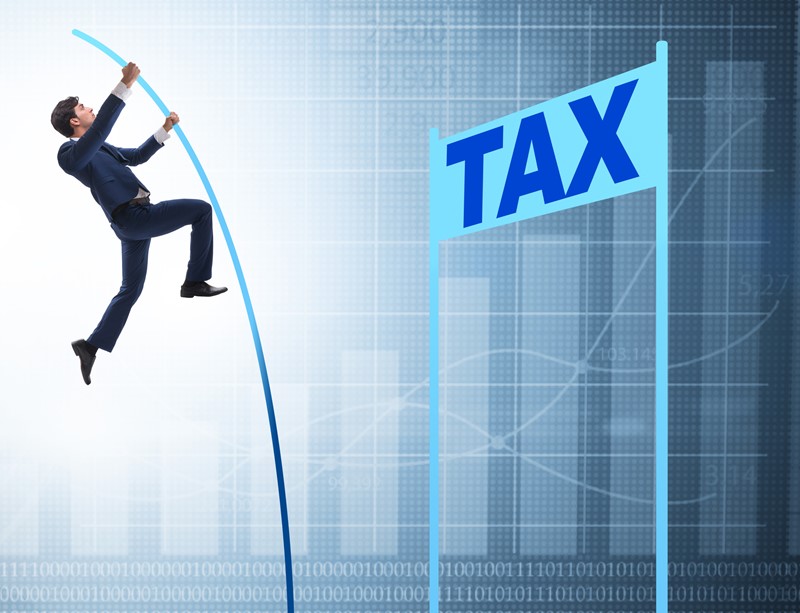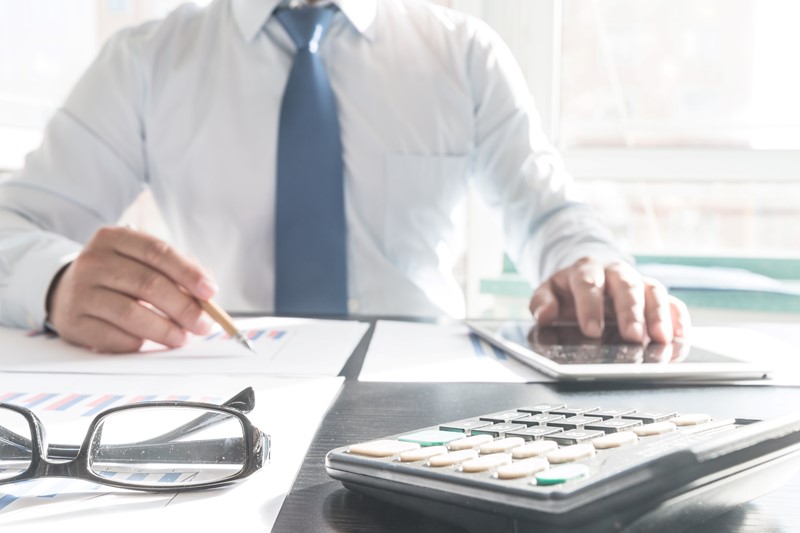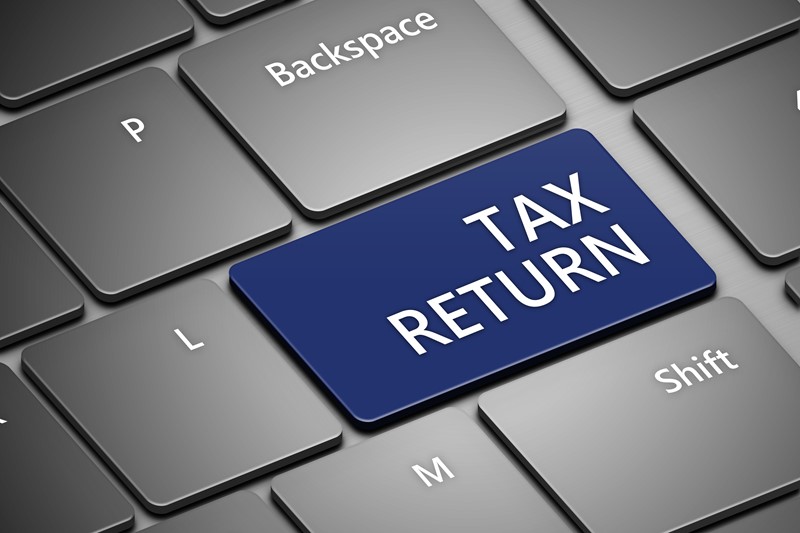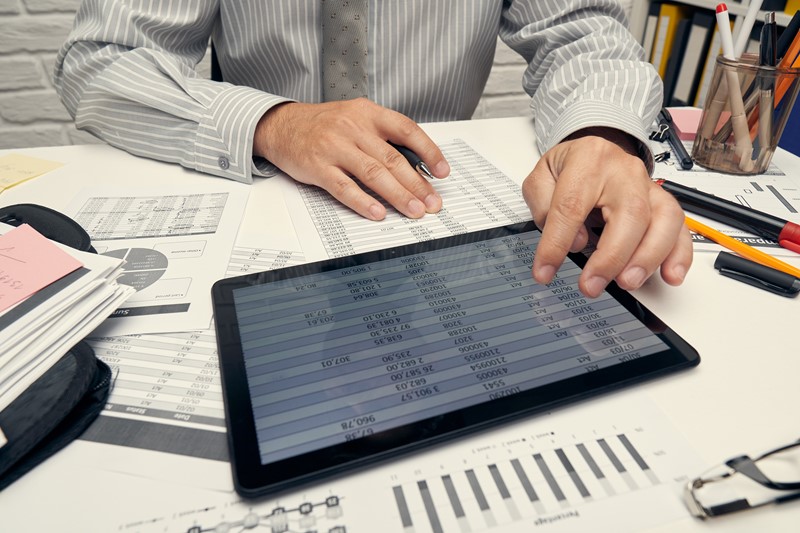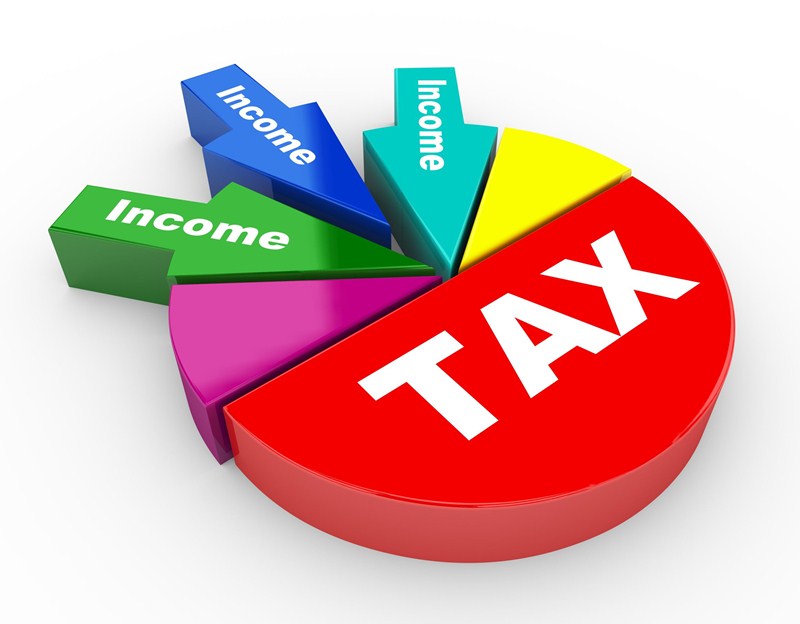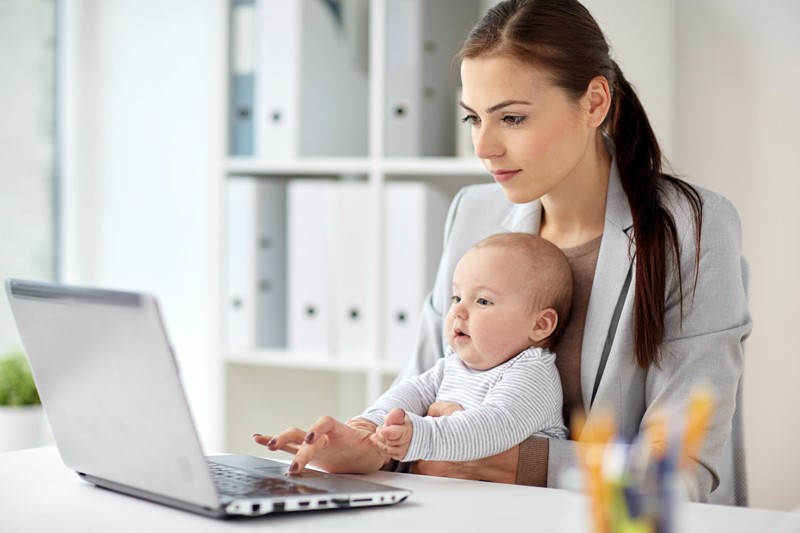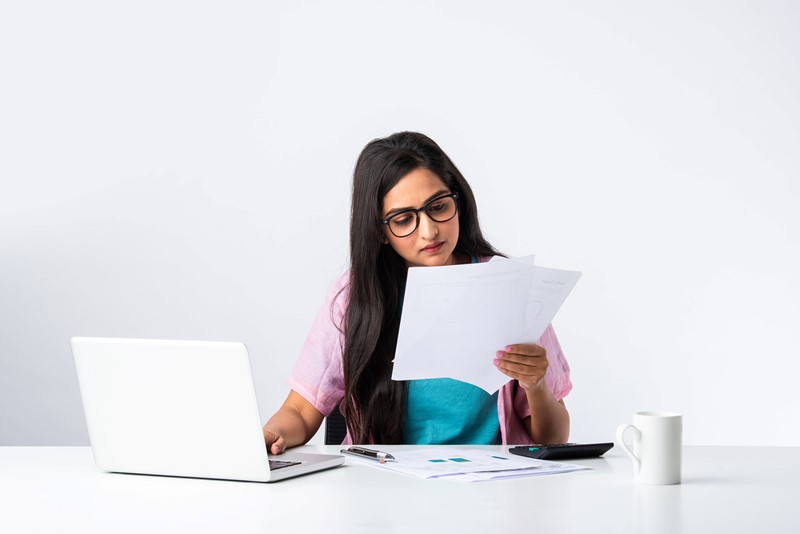HMRC used Valentine’s Day to issue a reminder to married couples and those in civil partnerships to sign up for the marriage allowance – if they are eligible and haven’t yet done so.
The marriage allowance applies to married couples and those in a civil partnership where a spouse or civil partner doesn’t pay tax or doesn’t pay tax above the basic rate threshold for Income Tax (i.e., one of the couples must currently earn less than the £12,570 personal allowance for 2021-22).
The marriage allowance can only be used when the recipient of the transfer (the higher earning partner) doesn’t pay more than the basic 20% rate of Income Tax. This would usually mean that their income is between £12,570 to £50,270 in 2021-22. The limits are somewhat different for those living in Scotland.
The allowance permits the lower earning partner to transfer up to £1,260 of their unused personal tax-free allowance to a spouse or civil partner. This could result in a saving of up to £252 for the recipient (20% of £1,260), or £21 a month for the current tax year.
If you meet the eligibility requirements and have not yet claimed the allowance, then you can backdate your claim as far back as 6 April 2017. This could result in a total tax break of up to £1,220 if you can claim for 2017-18, 2018-19, 2019-20, 2020-21 as well as the current 2021-22 tax year. If you claim now, you can backdate your claim for four years (if eligible) as well as for the current tax year. In fact, even if you are no longer eligible or would have been in all or any of the preceding years then you can claim your entitlement.

